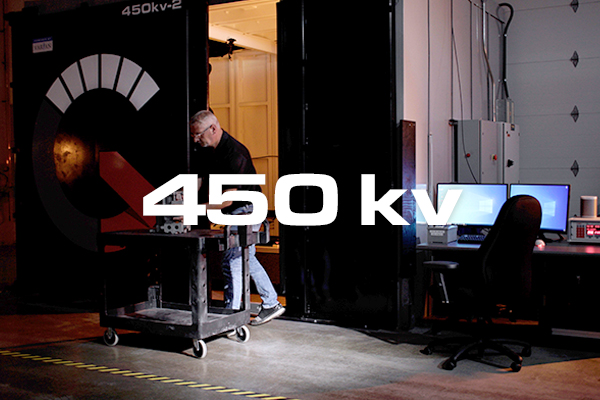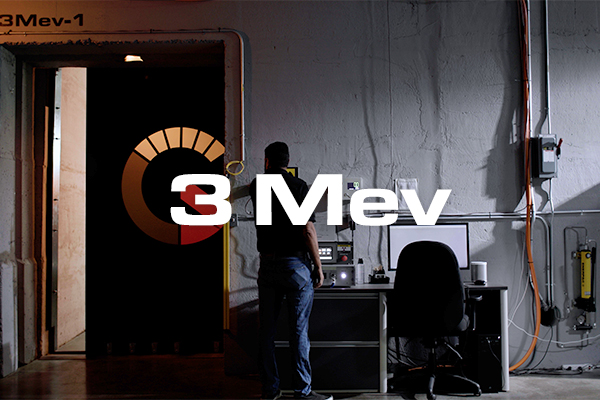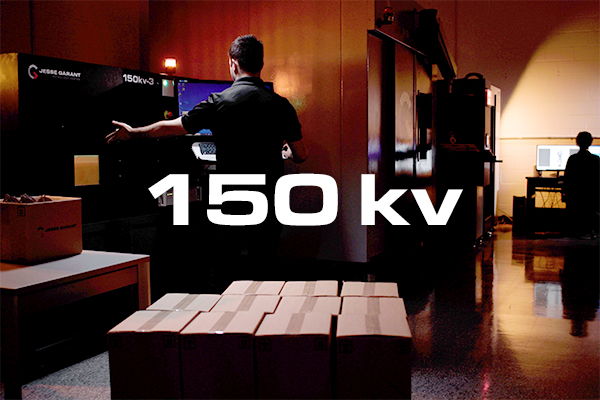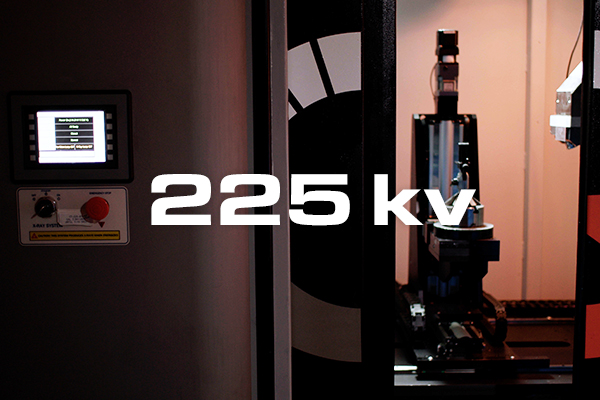Forensic Investigation - CT Scanning Services - Part Inspection Lab
We help companies internally inspect suspect parts using our forensic investigation
CT scanning services
Forensic Investigation
Most of our clients identify Non Destructive Testing / NDT services with a root cause forensic investigation due to an immediate defect impacting the performance of a part or assembly.
Our advanced (Computed Tomography) CT Scanning services which uses x-ray technology is able to aid manufacturers in providing a quantifiable NDT inspection process for difficult to inspect parts and assemblies.
Our NDT & Forensic Investigation lab produces high quality and accurate 2D / 3D X-Ray datasets of internal part features and material density changes. Data captured includes porosity, inclusions, and micro geometry variations allowing clients to benefit from our non-biased results.




FORENSIC INVESTIGATION
CT SCANNING SERVICES
After a part is CT scanned, custom viewing planes are developed based upon the projects internal viewing requirements. These planes can be established according to part print datums or features on the part. Planes can be square, perpendicular, and angled according to the specified feature.
Once the cross sectional planes have been developed, the plane can be moved throughout the part perpendicular to the plane’s surface. When a slice has been selected, the customer can visualize and accurately measure the intended geometry.
BENEFITS
- Single slice results are extremely clear and well defined as opposed to showing the entire part at once with a 2D x-ray.
- Results can clearly show internal fit and function between mating components, threads, clips, seals, springs, etc.
Need more info on forensic investigation?
Review our knowledge section below.
Overview
Forensic investigation of parts and assemblies, better known as forensic engineering, is a process deeply rooted in history. Although investigators had the tools and resources to conduct failure investigations in the past, today there are highly advanced methods of analysis which exponentially speed up the process and provide exceptional results. The most important factor in a forensic investigation for engineered components is accuracy, thus, users seek specialized outsourced labs to conduct a timely and highly accurate investigation of parts and assemblies.
What is Forensic Investigation?
Forensic investigation is often referred to as forensic science, which is the application of science to criminal/civil law. The word forensic is derived from the Latin word forensis, which means “of or before the forum”. The National Academy of Forensic Engineers define Forensic engineering as “the application of the art and science of engineering in matters which are in, or may possibly relate to, the jurisprudence system, inclusive of alternative dispute resolution.”
In other words, forensic investigation is the act of utilizing science to establish facts or evidence which is to be used for crime based trials or proceeding. Many different fields of science can be applied for forensic investigations or forensic studies including biology, medicine, anthropology and even engineering. Forensic investigation for engineering purposes provides the court of law with specialized skills in areas ranging from design to construction to failures in manufacturing. Forensic engineers are able to analyze and evaluate structural failures or determine cause of failure, which can be detrimental for a proceeding or trial.
Why Conduct a Forensic Investigation on Parts
Forensic investigation for engineered components is commonly used to identify failures or cause of failure. Without the investigation of such a detrimental aspect in a criminal or civil based proceeding, there would be lack of accumulation of valuable evidence. Users seek forensic investigation processes and forensic engineering commonly for the following purposes:
- Accumulate reliable evidence
- Identify failures
- Identify cause of failure or damage
- Preserve and analyze possible evidence
- Access an expert testimony
- Maintain a methodical process for examination.
When to Investigate & How to Investigate
Forensic investigation of a part is necessary if there has been cause of damage or there has been a failure. Since every case is different, different approaches are commonly utilized to discover evidence. For example, if a building collapsed, there would be analysis of structure, city standards, materials etc. When a highly specific investigation is to be conducted, for example: a faulty medical device, investigators would find benefit in approaching specialized testing labs for the inspection and analysis of the medical device. The two most important things for a forensic engineer are the level of accuracy and non-invasive testing. A technology which is commonly used to investigate potential evidence is Industrial Computed Tomography (CT). This approach to test and evaluate a part or assembly provides high accuracy results in a timely manner, that are tested in completely free state form, allowing the results to reflect the exact condition of the part.
Applications
There are two main applications for forensic investigation of parts and assemblies: Failure analysis and Reverse Engineering. In order to find out the location, depth, effect and size of a defect or damage, a failure analysis is deemed viable. In order to find the cause of the defect or damage, and to walk down the steps of manufacturing of the component, a reverse engineering application can be a viable approach.
